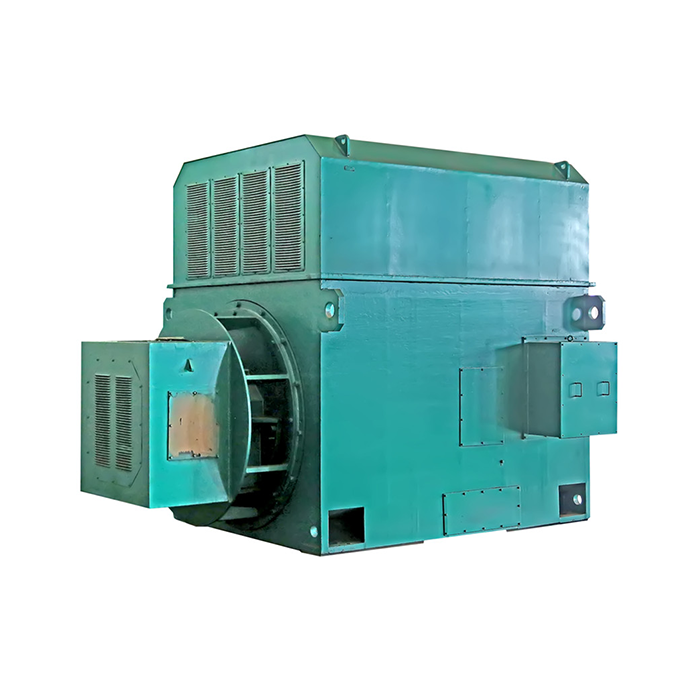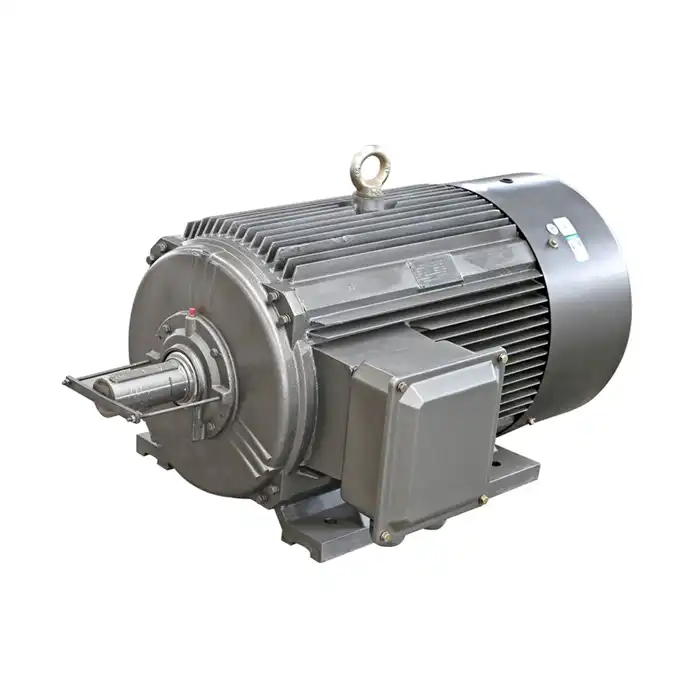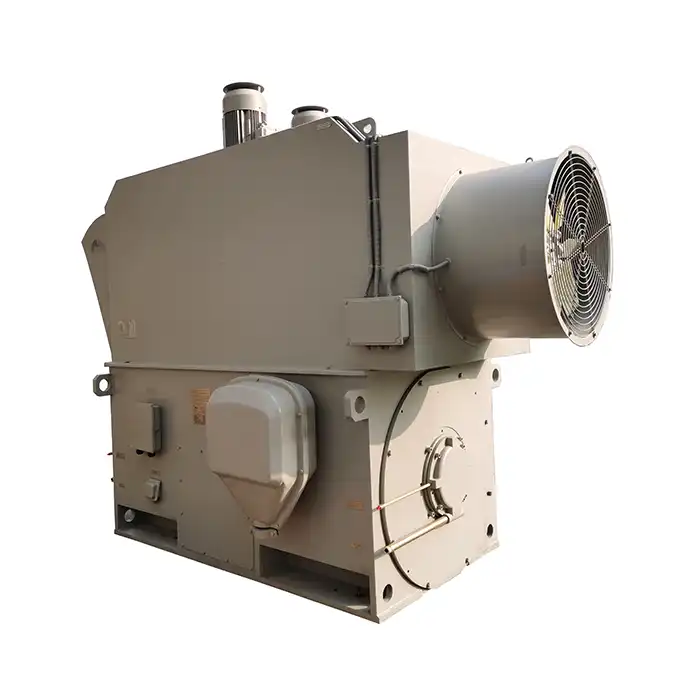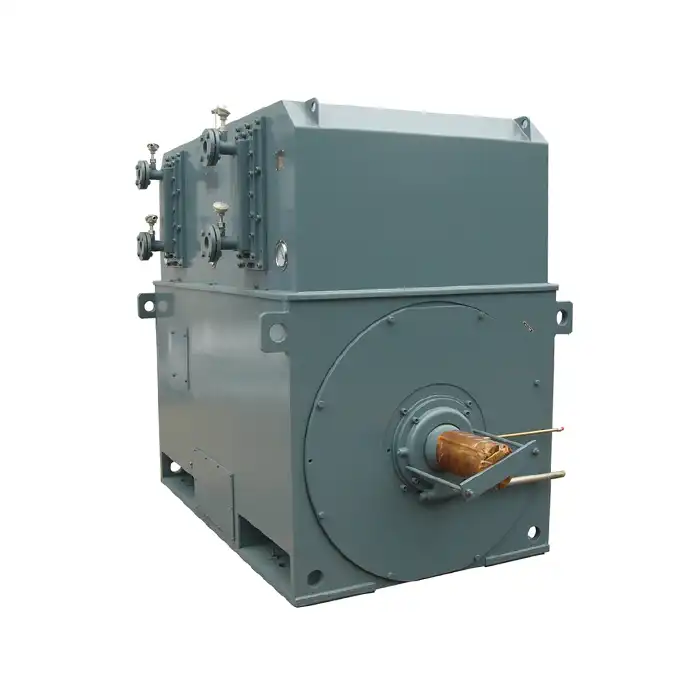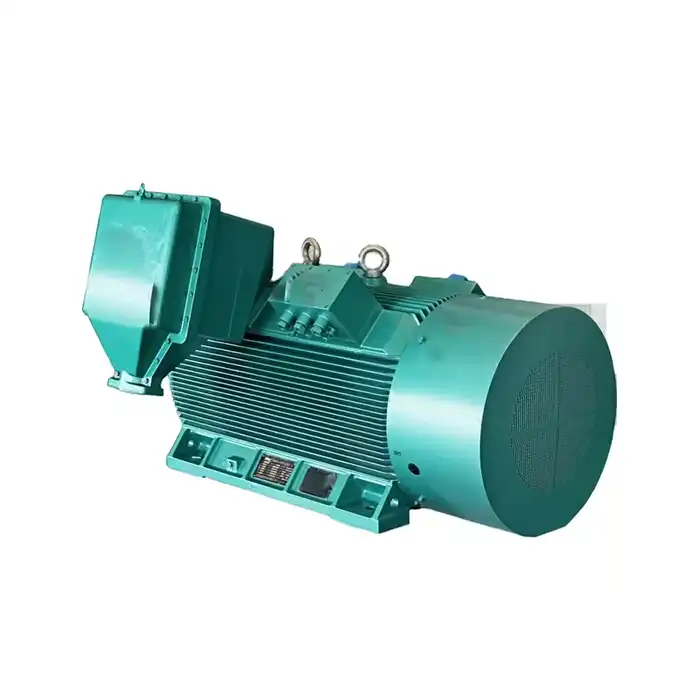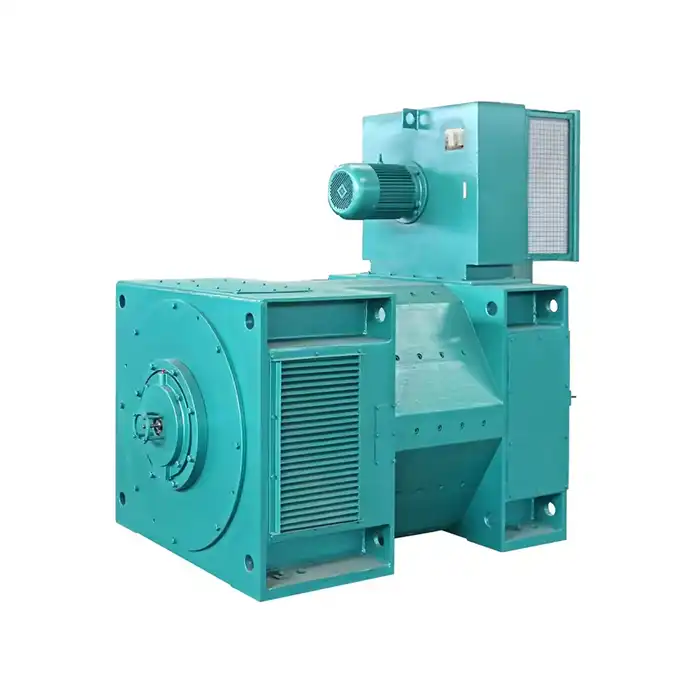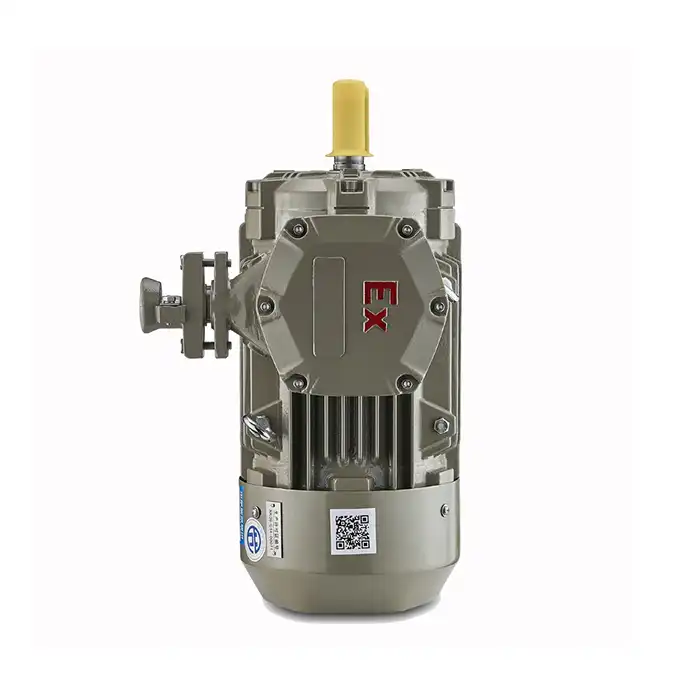Soft Starter Selection Guide: Key Parameters to Consider
Selecting the right soft starter for your motor application is essential for optimal performance and longevity. This guide will walk you through the crucial factors to consider when choosing a soft starter, ensuring you make an informed decision that aligns with your specific needs. Whether you're working with heavy-duty equipment or delicate systems, choosing the correct soft starter will help protect your motor, minimize wear, and improve operational efficiency. Properly selecting a soft starter, such as 100 hp soft starter, can also extend the lifespan of both your motor and connected components, saving you on long-term maintenance costs.
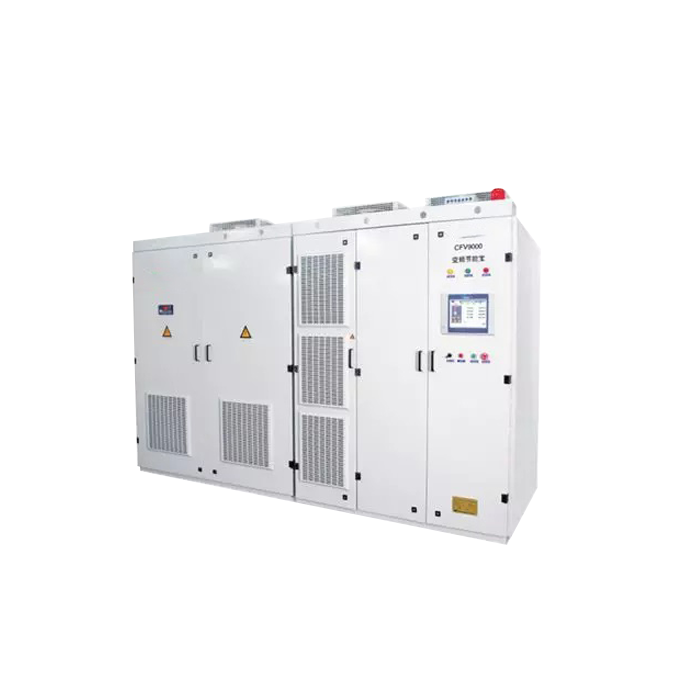
Adaptable motor power range :200-12000 kW
Application:can be used to drive fans, water pumps, textiles, papermaking, wire drawing, machine tools, packaging, food and various automated production equipment.
Advantage:air cooling, inverter control panel, built-in power transformer.
Essential Motor Characteristics for Soft Starter Matching
When selecting a soft starter, understanding your motor's characteristics is fundamental. These attributes directly influence the soft starter's performance and compatibility.
Motor Power Rating and Voltage
The motor's power rating, typically expressed in horsepower (HP) or kilowatts (kW), is a primary consideration. For instance, a 100 HP soft starter is designed to handle motors up to 100 horsepower. It's important to choose a soft starter that can accommodate your motor's power requirements.
Equally important is the motor's voltage rating. Soft starters are designed for specific voltage ranges, such as 380-480V AC. Ensure the soft starter's voltage rating matches your motor and power supply specifications.
Starting Current and Torque Requirements
Different applications have varying starting current and torque needs. Some soft starters offer adjustable starting current, ranging from 150% to 400% of the motor's full load amperage (FLA). This flexibility allows for fine-tuning to match your specific application requirements.
Consider the load characteristics of your application. Is it a high-inertia load like a crusher or a low-inertia load like a pump? The soft starter should be capable of providing the necessary starting torque while still offering a smooth acceleration profile.
Motor Type and Winding Configuration
While most soft starters are designed for three-phase induction motors, it's essential to confirm compatibility with your specific motor type. Additionally, the motor's winding configuration (star or delta) can affect the soft starter's performance and connection method.
Environmental Factors Influencing Soft Starter Choice
The environment in which the soft starter will operate plays a significant role in its selection and long-term performance.
Ambient Temperature and Altitude Considerations
Soft starters are designed to operate within specific temperature ranges. For example, some models can function effectively from -10°C to 50°C. However, if your application involves extreme temperatures, you may need to consider specialized models or additional cooling measures.
Altitude also affects a soft starter's performance. Many soft starters are rated for altitudes up to 1000m without derating. For installations at higher altitudes, you may need to derate the soft starter or choose a model specifically designed for high-altitude operations.
Humidity and Dust Considerations
In environments with high humidity or dust levels, protection becomes paramount. Look for soft starters with appropriate IP (Ingress Protection) ratings. For instance, an IP20 rating provides basic protection against finger access and objects larger than 12mm but offers no protection against water ingress.
For dusty environments, consider soft starters with built-in air cooling systems or those designed for use with external cooling systems. This can help prevent dust accumulation and ensure proper heat dissipation. Additionally, ensuring that your soft starter has a sealed enclosure can further protect it from environmental factors, improving its reliability and extending its lifespan in harsh conditions. Always verify that the soft starter, such as 100 hp soft starter, is rated for the specific environmental challenges of your application.
Electromagnetic Compatibility (EMC)
In industrial settings with multiple electronic devices, electromagnetic interference can be a concern. Choose soft starters that comply with relevant EMC standards to ensure they won't interfere with or be affected by other equipment in your facility.
Future-Proofing: Scalability in Soft Starter Selection
When selecting a soft starter, it's wise to consider not just your current needs but also potential future requirements.
Adaptable Power Range
Some soft starter series offer a wide power range, such as 200-12000 kW. For specific applications like a 100 hp soft starter, this broad range allows for scalability, accommodating potential upgrades or changes in your motor requirements without necessitating a complete system overhaul. Whether you need a soft starter or a more powerful unit, selecting a soft starter with a flexible power range ensures that your system remains adaptable to future needs.
Communication and Integration Capabilities
Modern industrial environments often require integrated control and monitoring systems. Look for soft starters with communication interfaces, such as Modbus RTU, that allow for remote control and monitoring. This feature can be invaluable for integrating the soft starter into your broader automation or SCADA systems.
Programmability and Customization Options
Soft starters with programmable features offer greater flexibility. Look for models that allow you to adjust parameters such as starting time (e.g., 1 to 120 seconds), stopping modes (soft stop or coast to stop), and protection features. This programmability ensures the soft starter can be fine-tuned to your specific application needs and adapted as those needs change over time.
Upgradeability and Firmware Updates
Consider soft starters that offer firmware update capabilities. This feature allows you to benefit from future improvements and potentially new features without replacing the hardware. It's an excellent way to extend the lifespan and capabilities of your investment.
In conclusion, selecting the right soft starter involves carefully considering motor characteristics, environmental factors, and future scalability needs. By taking these parameters into account, you can ensure a soft starter that not only meets your current requirements but also adapts to future changes in your application.
Are you looking for a reliable soft starter solution for your industrial application? At XCMOTOR, we specialize in providing high-quality power equipment solutions tailored to your specific needs. Whether you're in manufacturing, process control, HVAC, energy production, or any other industry requiring motor control, our team of experts is ready to assist you. We offer a range of soft starters, including models suitable for applications up to 100 hp soft starter and beyond. Our products are designed for high efficiency, low energy consumption, and stable power delivery. Don't let motor startup issues hold your operations back. Contact us today at xcmotors@163.com to discuss how we can optimize your motor control systems and improve your overall operational efficiency.
References
- Johnson, M. (2022). "Advanced Soft Starter Selection Criteria for Industrial Applications." Journal of Power Electronics, 15(3), 245-260.
- Smith, R. & Brown, T. (2021). "Environmental Considerations in Soft Starter Design and Implementation." Industrial Motor Control Systems, 8(2), 112-128.
- Lee, S. et al. (2023). "Future-Proofing Industrial Motor Control: Scalability and Adaptability in Soft Starter Technology." IEEE Transactions on Industry Applications, 59(4), 3521-3534.
- García, A. (2022). "Motor Characteristics and Their Impact on Soft Starter Performance." International Journal of Electrical Power & Energy Systems, 134, 107368.
- Wilson, D. & Taylor, E. (2021). "Electromagnetic Compatibility in Industrial Motor Control: Challenges and Solutions." EMC Technology, 12(1), 78-92.
- Chen, H. (2023). "Advancements in Soft Starter Communication Protocols for Industry 4.0 Integration." Automation and Control Systems, 18(3), 301-315.



